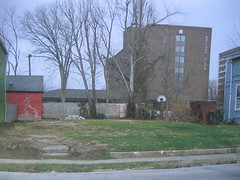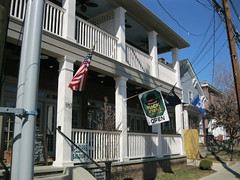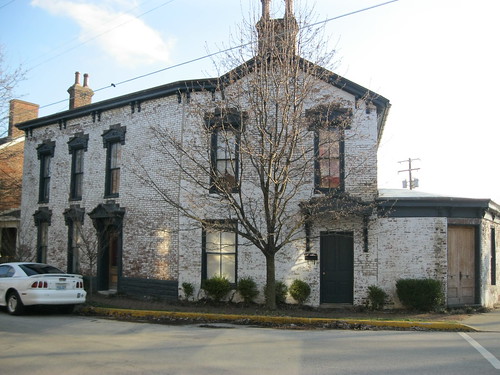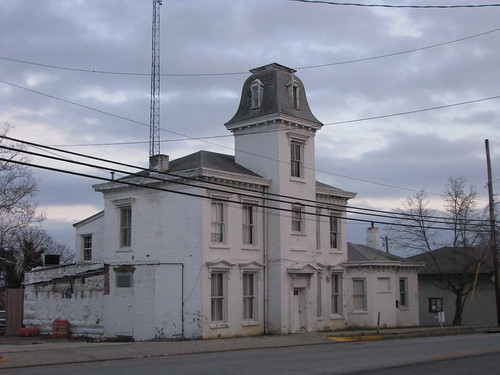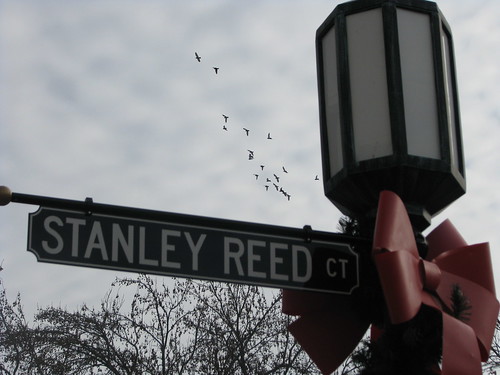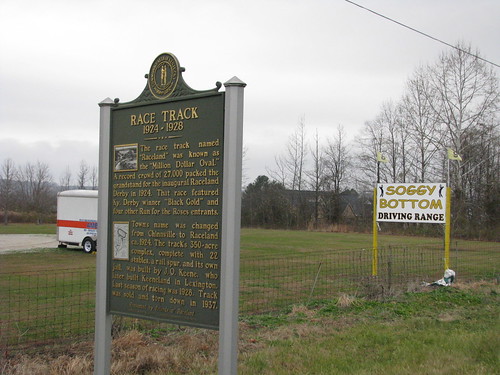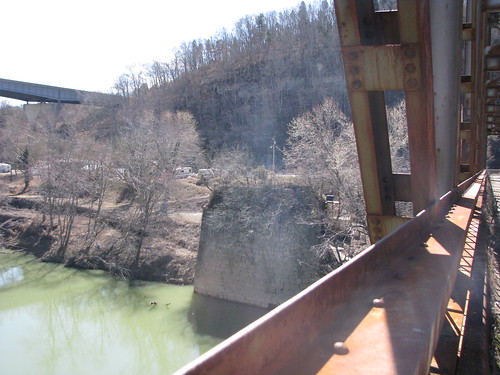 |
| Big White House at Camp Nelson, Nicholasville, Ky. |
Somehow, it was not until February 2011 that I visited Camp Nelson. A Jessamine County landmark, it is a well-spring of historical information and trivia. A Civil War-era camp established to supply Union troops, it also served during that war as a recruitment center for African-American troops and as a military hospital. Of the 4,000 acres once within its bounds, 400 acres have been preserved. It is also now the home of the Camp Nelson National Cemetery.
I could, and eventually plan to, write a number of posts about the rich history surrounding Camp Nelson, but I’ll begin with its most notable landmark that is locally known simply as the “White House.” Formally, it is the Oliver Perry House and was used as quarters for the officers. The only building remaining from the Civil War era, it is a two-story frame Greek Revival originally constructed by Oliver and Fannie (Scott) Perry circa 1850. During the War, the Union added the rear two-bay deep addition. The building had fallen under complete disrepair prior to its meticulous restoration by the Jessamine County Fiscal Court which has been an instrumental force in preserving this historic area.
In 1863, General Ambrose Burnside (for whom the sideburn is named – check out these chops) commandeered the Perry-Scott House and it was utilized by the Union for two years. Surrounding landowners also had their lands confiscated by the Union army to amass and secure the 4,000 acre site. The largest landowner was Mary Scott, Fannie Scott-Perry’s mother.

